Water, the elixir of life, sustains us in countless ways. However, the modern age has also seen water laden with contaminants once considered unthinkable. Our taps gush forth with not just hydration but also traces of industrial by-products, pesticides, and pathogens that scientists warn can cause an array of health issues.
In this comprehensive exploration, we dig into why a water filter system for the home is no longer a luxury, but a vital necessity for every household. We’ll discuss the presence of harmful substances in water, the associated health risks, and various water filtration methods that can protect and purify the drinking water, ensuring a steady stream of good health for your family.
Understanding the Mix in Our Water Supply
Whether sourced from groundwater, surface water, or underground aquifers, most of the water that enters our homes has undergone various treatments aimed at making it potable. The intent behind this municipal water treatment is noble – to eradicate disease-causing bacteria and viruses, control other pathogens, and neutralise contaminants.
The Common Components:
According to the United Kingdom’s Drinking Water Inspectorate (DWI), tap water is typically treated with a cocktail of substances:
- Chlorine or Chloramine: Most systems use chlorine or chloramine to kill microorganisms. While effective, residual levels can lead to taste and odour issues.
- Fluoride: Added to reduce tooth decay, controversial due to its potential health side effects, including fluorosis and thyroid issues.
- Aluminium Sulphate and Ammonium Sulphate: These chemicals help to clear water turbidity, a measure of water clarity that refers to the presence of particles.
- Chloride and Sulphate Salts: To soften hard water, reduce scaling, and aid in plumbing endurance.
- Pharmaceuticals: Trace amounts of prescription drugs are increasingly found in water supplies, with unknown long-term effects.
The Evolving Evidence
Research has started to shed light on potential health risks associated with these water additives and contaminants. A study from Harvard T.H. Chan School of Public Health found links between prenatal exposure to some common water additives and lower IQ in young children, emphasising the emerging health concerns around tap water purity.
The evidence is far from conclusive, but it’s trending in a direction that suggests common tap water doesn’t come without risks. However, the presence of these chemicals, including the residual ones, raises serious health concerns, affecting various systems in the body.
The Health Hurdles of Water Chemicals
The additives and impurities in tap water have been a growing subject of scientific study, with researchers mapping out potential links to a range of health issues. From minor short-term effects to chronic, long-term illnesses, the implications of water chemicals are worrying.
A Thirst for Studies:
Researchers have pointed to some alarming facts:
- Elevated levels of chlorine can cause respiratory problems (1) Studies (2) have linked its by-products, trihalomethanes (THMs), to cancer and adverse reproductive outcomes.
- High Fluoride concentrations have been associated with (3) skeletal fluorosis and, neurotoxicity, especially in children.
- Lead, when it comes into contact with drinking water,(4) often due to old lead pipes, fittings and solder can leach into the water and cause damage to the brain, kidneys, nerves and red blood cells.
The World Health Organization and the NHS have documented cases where long-term exposure to waterborne chemicals has triggered more severe disorders, proving the necessity of water remediation.
The Filtration Fix: Choosing Your Water Filter System
Given the concerning findings, many are turning to home water filtration systems to safeguard the purity of their drinking water. With a plethora of options available in the market, choosing the right filter can be as daunting as deciphering water quality reports. Below, we dissect the most common home water filtration methods to help you make an informed decision.
The Water’s Journey Through Filtration:
- Carbon-Based Filters: Known for removing volatile organic compounds (VOCs), chlorine, and its by-products, carbon filters can significantly enhance taste and odour. However, they’re less effective at removing other contaminants like heavy metals.
- Reverse Osmosis Systems (RO): RO systems force water through a semipermeable membrane to eliminate salts, minerals, and microbes. They provide high-quality filtration but can be inefficient, wasting substantial water in the process.
- UV Water Purifiers: This method harnesses ultraviolet light to kill bacteria, viruses, and other microorganisms without altering water chemistry, making it a safe and eco-friendly option.
- Ceramic Filters: Often used in combination with carbon filters, ceramic filtration is effective for removing bacteria, cysts, and some sediments. However, they may require regular cleaning to maintain effectiveness.
The choice of water filter system depends on diverse factors, including the type of contaminants present in your water and your household’s water consumption habits.
Decoding the Filters: Effectiveness and Efficiency
Each water filter system comes with its set of advantages and limitations, affecting the overall effectiveness and efficiency of the system.
Assessing Performance Metrics:
To gauge the efficiency of water filters, look for the following indicators:
- Micron Rating: This quantifies the size of contaminants that a filter can effectively remove. The lower the micron rating, the smaller the particles it can block.
- Filter Capacity: Filters have a finite capacity for filtering water. The higher the capacity, the less frequent replacements are required.
- Flow Rate: The flow rate denotes how much water the filter can process within a specific time, often measured in gallons per minute (GPM). Balancing filters' high-speed filtration with a good flow rate is critical for maintaining healthy water consumption levels.
Furthermore, third-party certifications like those from the NSF International add a layer of reliability to the performance claims of a filter, ensuring consumers that the device has been rigorously tested against industry standards.
Installing Your Lifeline: Setting Up the Water Filter System
Installation is a critical step in the water filtration process. Even the most effective and efficient water filter system can malfunction if incorrectly installed.
The Proper Set-up:
- Location, Location, Location: Identify a suitable spot near the water source that has ample space and where the filter can be easily accessed for regular maintenance.
- Follow the Manual: Never skip reading the installation manual. The specifics of setting up each filter can vary greatly, and understanding these nuances is crucial.
- Maintenance is Key: Regular maintenance such as replacing filter cartridges, cleaning the system, and testing water quality minimises the risk of contamination and ensures the longevity of the filtration device.
Remember, the upkeep of the filter system is an ongoing commitment towards safe drinking water, and ignoring maintenance can lead to a false sense of security and potentially harmful consequences.
Tasting the Difference: The Aftermath of Filtration

A good water filter system doesn’t just purify water; it enhances the very experience of drinking it.
The Freshness Factor:
After filtration, tap water often tastes cleaner, and it’s free from any odours that the chlorine may have caused. Users will notice:
- Improved Clarity: Filtration removes particulates and sediments, leaving water that is visibly clear and more appealing.
- Enhanced Purity: With contaminants eliminated, purified water becomes a reassuring choice for healthy hydration.
- Reduced Chemical Load: Filtration can significantly lower the presence of harmful chemicals and heavy metals, alleviating the potential health hazards associated with tap water.
The palpable benefits of filtered water are akin to a refreshing oasis in a desert of doubts and concerns about water quality.
The Path to Sip at Safety
A home water filtration system is not just a convenience but an imperative in the modern age where water hazards lurk in what seems like the most innocuous of sources.
Sip at Your Own Risk:
Without proper filtration, every sip may contain a silent roster of chemicals and pathogens that have been linked to a myriad of ailments.
1. The Case for Consistency: Regular and robust filtration should become a SOP in every home. This includes maintaining and replacing filters, resorting to periodic testing, and fortifying existing filtration methods with additional purification steps, if necessary.
2. Investment in Health: While some may baulk at the initial cost of a good filtration system, the expenses are an investment in long-term health and peace of mind.
3. Sustainability in Sips: Filtration systems are not just health-preserving but also eco-friendly alternatives to single-use plastics, contributing to a more sustainable way of living.
In essence, the narrative of water purification is transitioning from an environmental one to a deeply personal and health-driven story. It is up to us to script the safe chapters.
Water Filter System: a Proactive Measure
Water filtration isn’t just a response to a crisis; it’s a proactive measure ensuring that the most critical component of our well-being is fortified against preventable threats. This comprehensive guide has navigated the undulating territories of water contamination, the health risks that it portends, and the haven that a home water filter system can provide. Make no mistake – your quest for clean water is a quest for life itself, and the choice to filter is a choice to thrive. Ensure that the water you turn to is a pure source of vitality, untouched by the perils that afflict the unfiltered sea. Your home’s water quality today will sculpt the quality of your life tomorrow. Start filtering, start living.
It's time to make a splash not just in your household but also in the larger narrative of water safety and public health. By adopting water filtration, a ubiquitous solution infused with the power to heal, you march not just towards a healthier home but also a healthier globe. The waves of change start small – in our kitchens and washrooms – but as they gather momentum, they can culminate in vast oceans of difference in health outcomes. Act now, for water, after all, is the mirror to our health, reflecting the choices we make for our bodies, families, and communities.
In the words of John F. Kennedy, “We are tied to the ocean. And when we go back to the sea, whether it is to sail or to watch – we are going back from whence we came.” Similarly, when we turn to water, we encapsulate the essence of life’s cyclic return. Water filters us as we filter it – each sip encapsulating a pure revelation, a promise for a better, healthier life. Make that filtration pledge for your home, and you make it for the world.
Written by Amy Morris, BSc (Hons) Nutritional Therapy. Amy has been a nutritional therapist for 12 years, specialising in recent years as a functional medicine nutritional therapist. Women’s health, and pre-diabetes and type 2 diabetes prevention are Amy’s specialist areas. Diagnosed with a chronic condition called endometriosis at age 20, this is what motivated Amy to study nutrition. Amy has been in remission for 6 years now, attributing powerful nutrition, lifestyle and bio-identical hormone strategies she now shares with her clients.
Water for Health Ltd began trading in 2007 with the goal of positively affecting the lives of many. We still retain that mission because we believe that proper hydration and nutrition can make a massive difference to people’s health and quality of life. Click here to find out more.
window.sliderConfig1716392337021 = function() { var numberSlides = document.querySelectorAll(".bggle--slider[section-id='1716392337021'] .bggle_product-container"); if (numberSlides.length > 0) { window.slider1716392337021 = tns({ container: '.bggle--slider[section-id="1716392337021"]', items: 2, slideBy: 'page', autoplay: true, gutter: 20, navAsThumbnails: false, navPosition: "bottom", arrowKeys: true, autoplayButton: false, autoplayButtonOutput: false, mouseDrag: true, autoplay: false, responsive: { 768: { items: 3 }, 1025: { items: 3 } } }); } }; document.addEventListener('init-slider-1716392337021', window.sliderConfig1716392337021)
References
- World Health Organization. (2020). Drinking-water. Retrieved from https://www.who.int/news-room/fact-sheets/detail/drinking-water
- Environmental Protection Agency. (2019). Learn About Water And Health. Retrieved from https://www.epa.gov/environmental-topics/water-topics
- National Institutes of Health. (2018). The Impact of Water Quality on Health. Retrieved from https://www.nih.gov/news-events/news-releases/impact-water-quality-health
- Sustainable Development Goals. (n.d.). Ensure access to water and sanitation for all. Retrieved from https://www.un.org/sustainabledevelopment/water-and-sanitation/
Sources
1. Hoyle GW, Svendsen ER. Persistent effects of chlorine inhalation on respiratory health. Ann N Y Acad Sci. 2016 Aug;1378(1):33-40. doi: 10.1111/nyas.13139. Epub 2016 Jul 6. PMID: 27385061; PMCID: PMC5063681. https://pmc.ncbi.nlm.nih.gov/articles/PMC5063681/
2. Evlampidou I, Font-Ribera L, Rojas-Rueda D, Gracia-Lavedan E, Costet N, Pearce N, Vineis P, Jaakkola JJK, Delloye F, Makris KC, Stephanou EG, Kargaki S, Kozisek F, Sigsgaard T, Hansen B, Schullehner J, Nahkur R, Galey C, Zwiener C, Vargha M, Righi E, Aggazzotti G, Kalnina G, Grazuleviciene R, Polanska K, Gubkova D, Bitenc K, Goslan EH, Kogevinas M, Villanueva CM. Trihalomethanes in Drinking Water and Bladder Cancer Burden in the European Union. Environ Health Perspect. 2020 Jan;128(1):17001. doi: 10.1289/EHP4495. Epub 2020 Jan 15. PMID: 31939704; PMCID: PMC7015561. https://pmc.ncbi.nlm.nih.gov/articles/PMC7015561/
3. Grandjean P. Developmental fluoride neurotoxicity: an updated review. Environ Health. 2019 Dec 19;18(1):110. doi: 10.1186/s12940-019-0551-x. PMID: 31856837; PMCID: PMC6923889. https://pmc.ncbi.nlm.nih.gov/articles/PMC6923889/
4. Sanders T, Liu Y, Buchner V, Tchounwou PB. Neurotoxic effects and biomarkers of lead exposure: a review. Rev Environ Health. 2009 Jan-Mar;24(1):15-45. doi: 10.1515/reveh.2009.24.1.15. PMID: 19476290; PMCID: PMC2858639. https://pmc.ncbi.nlm.nih.gov/articles/PMC2858639/
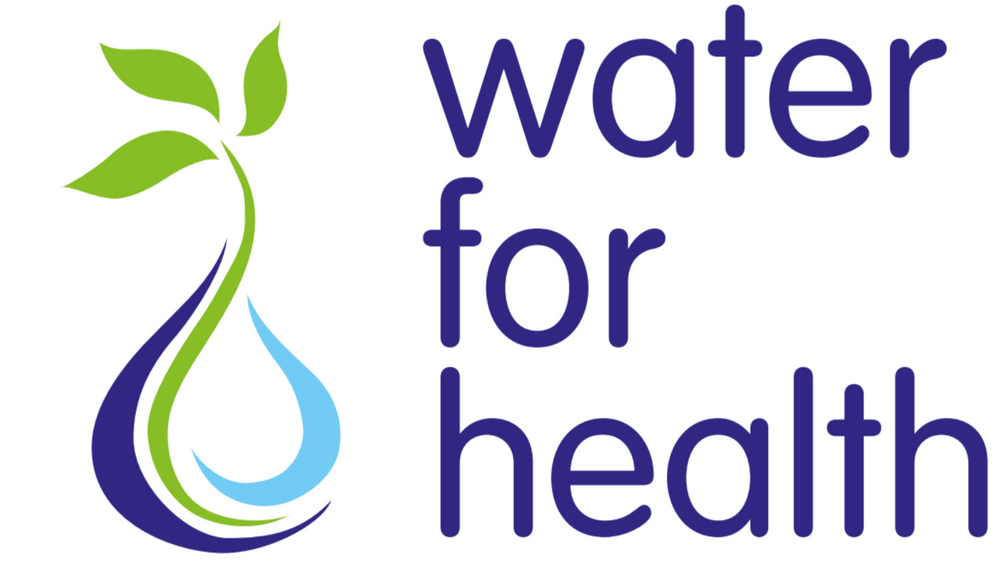


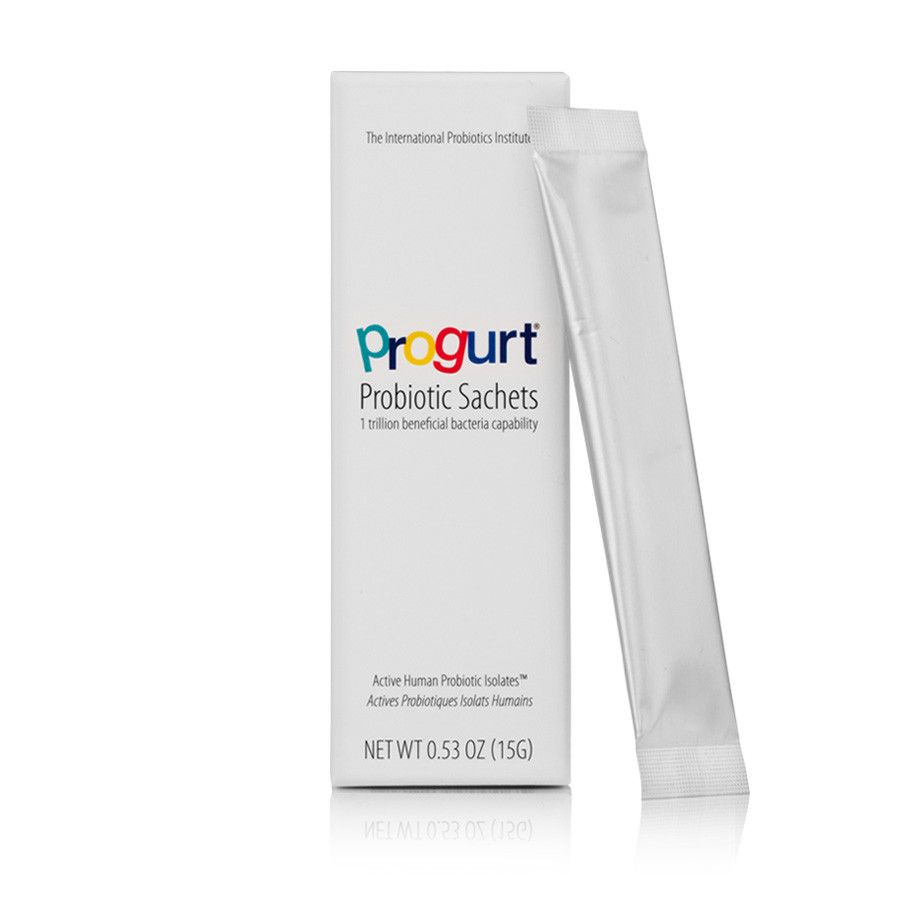
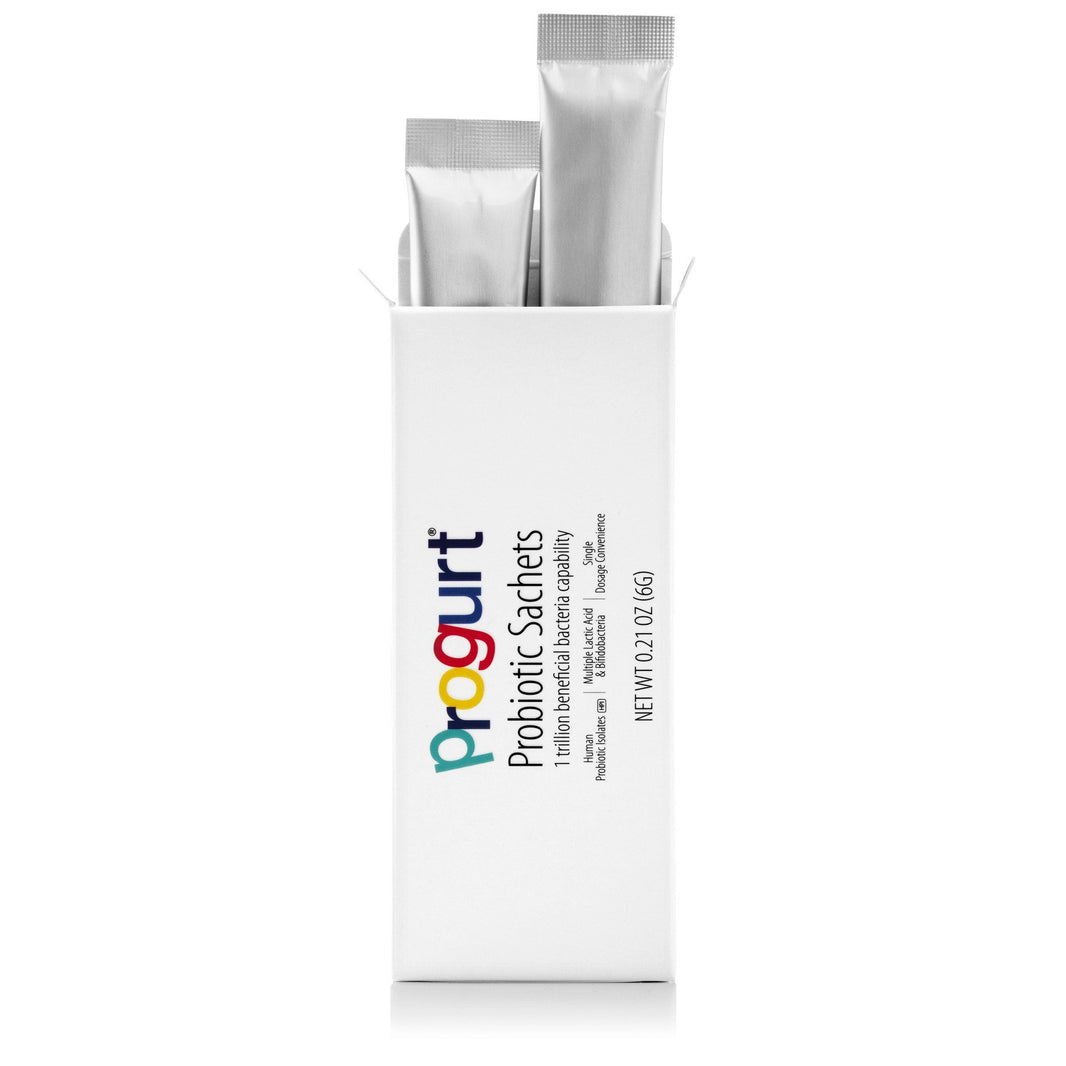
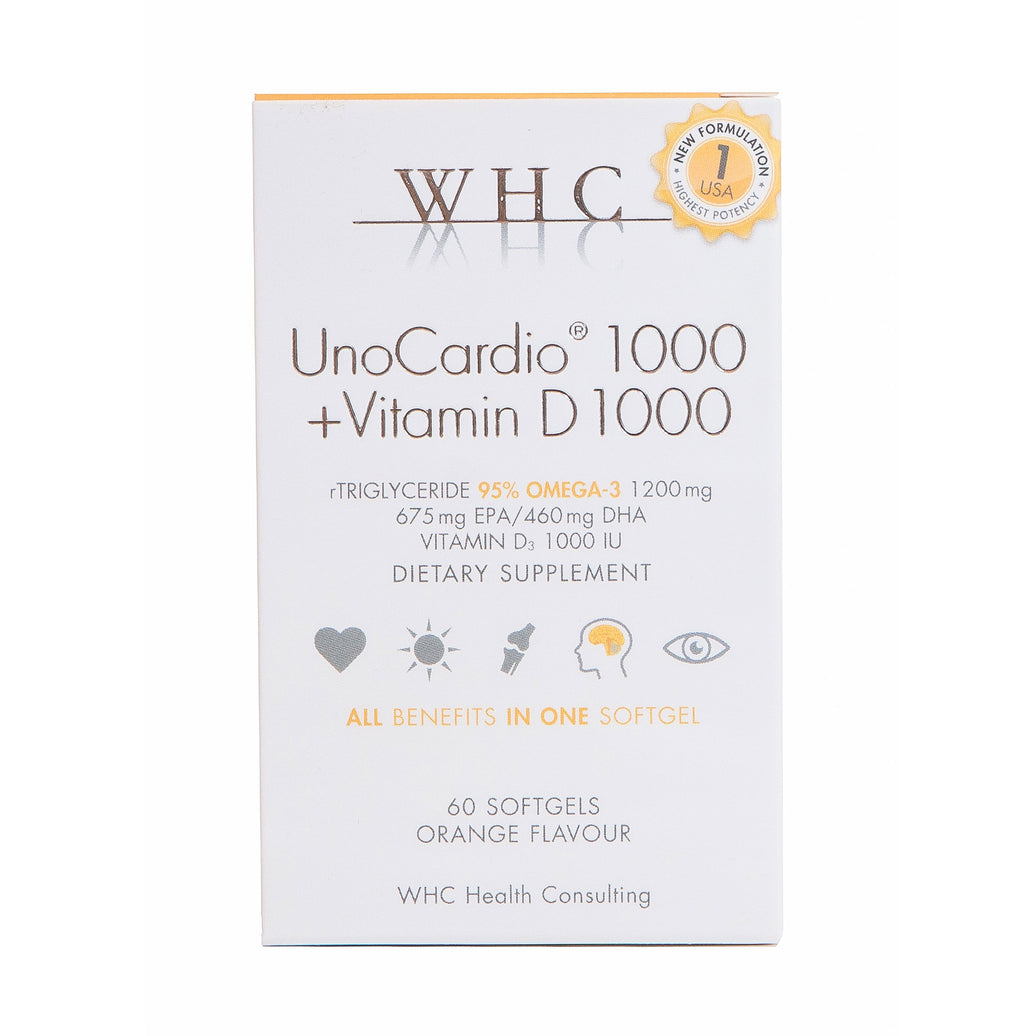
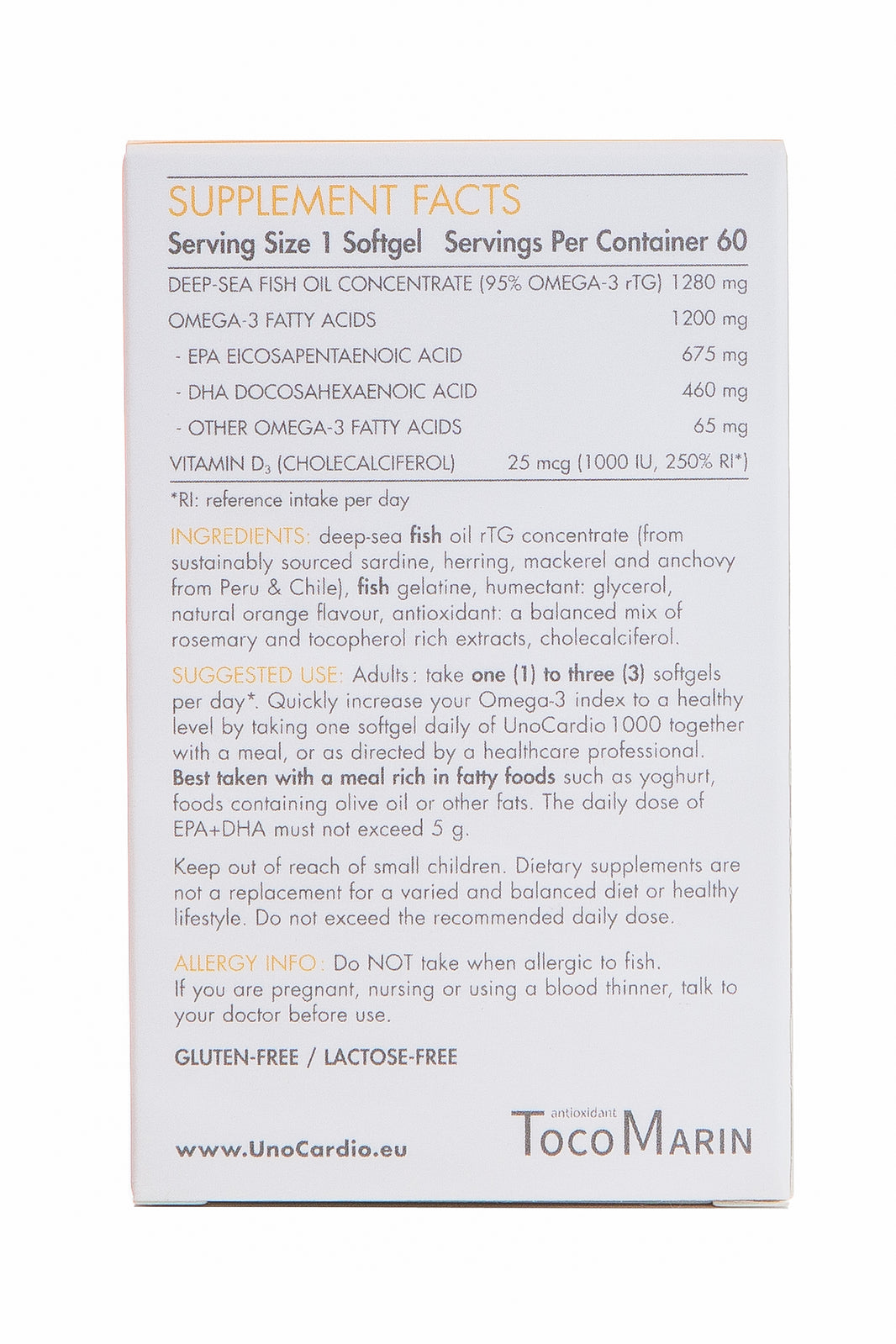
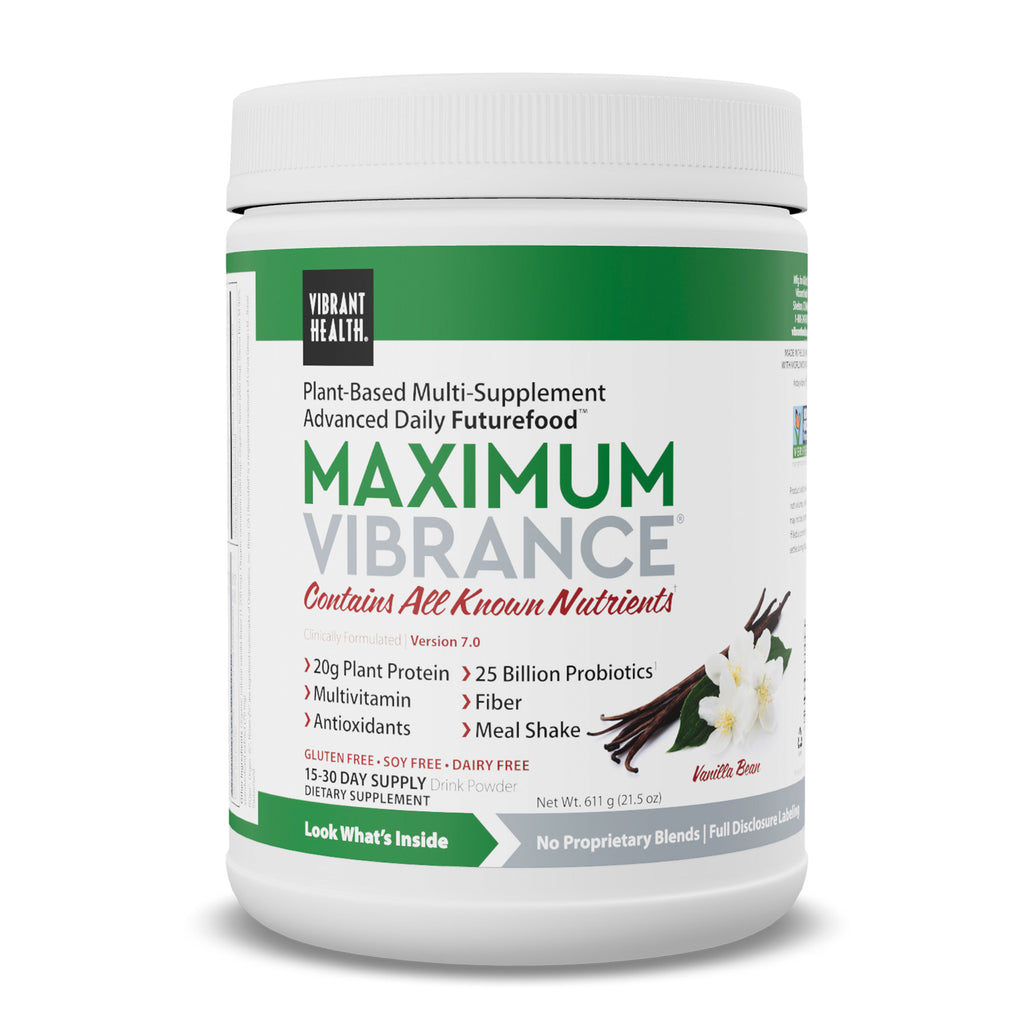
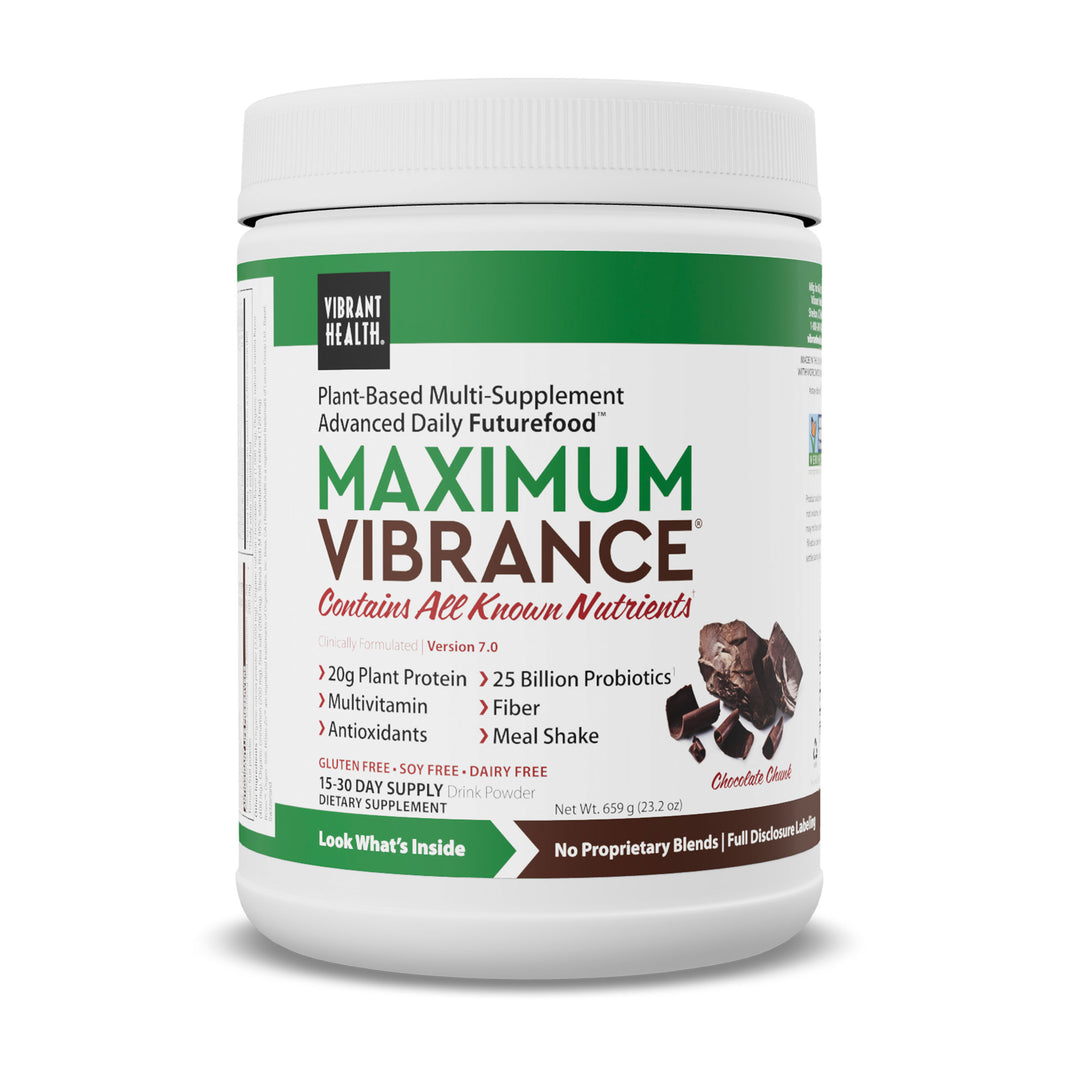

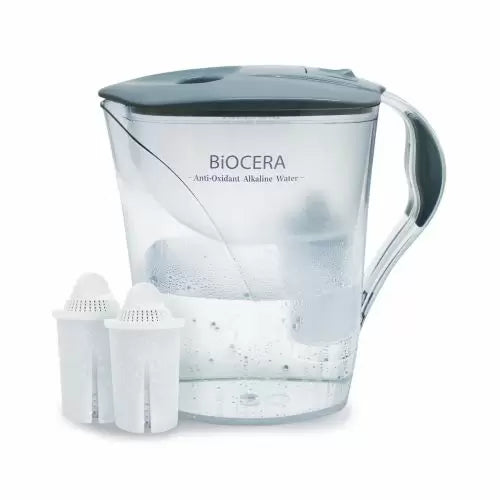



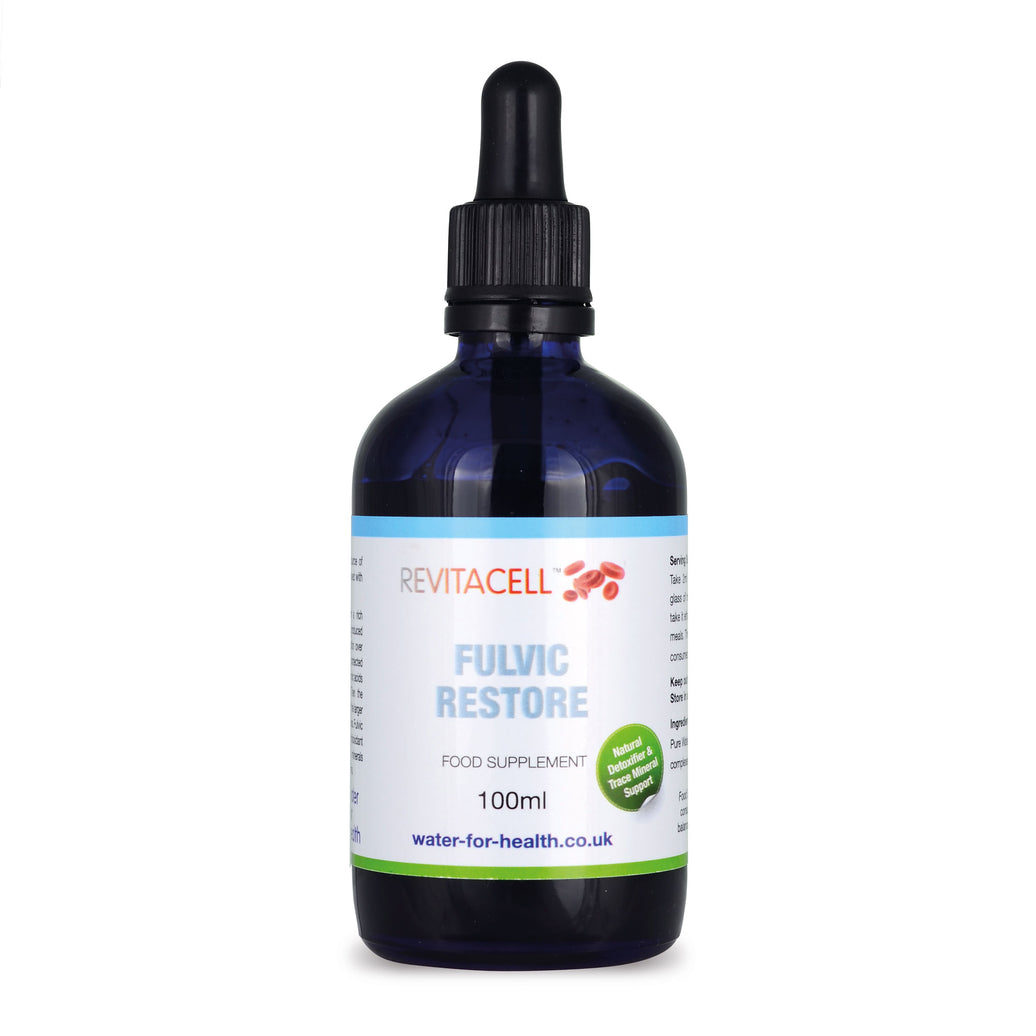
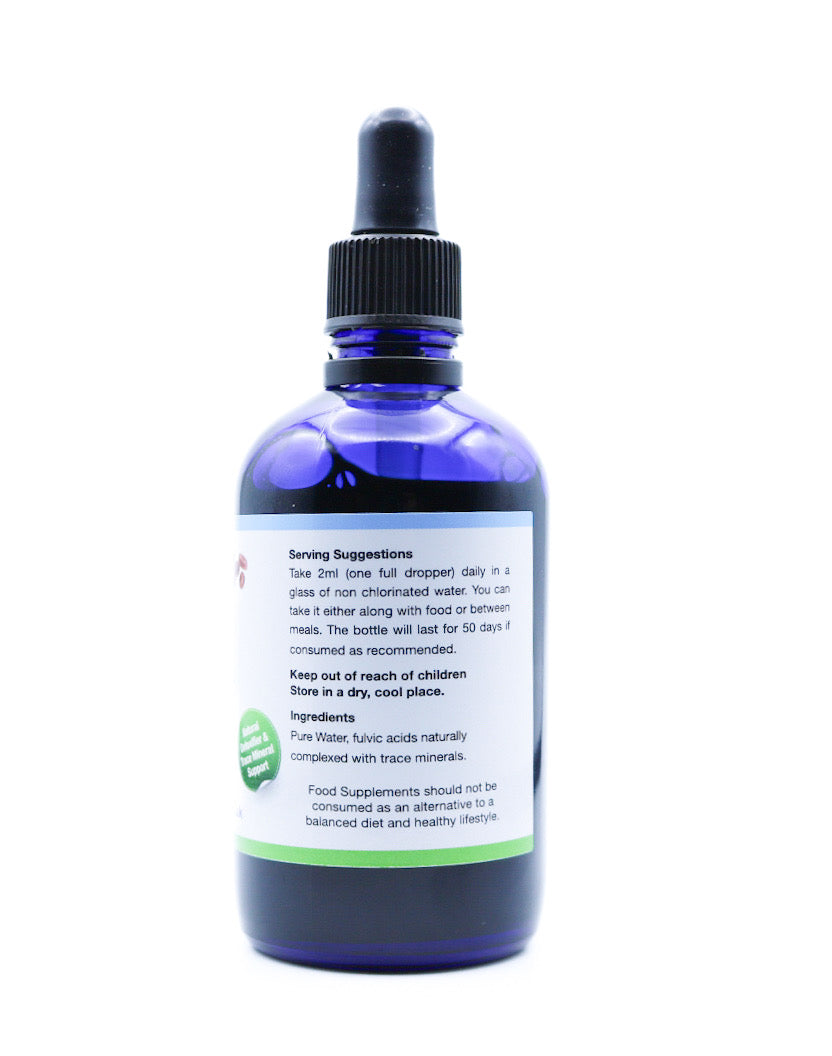
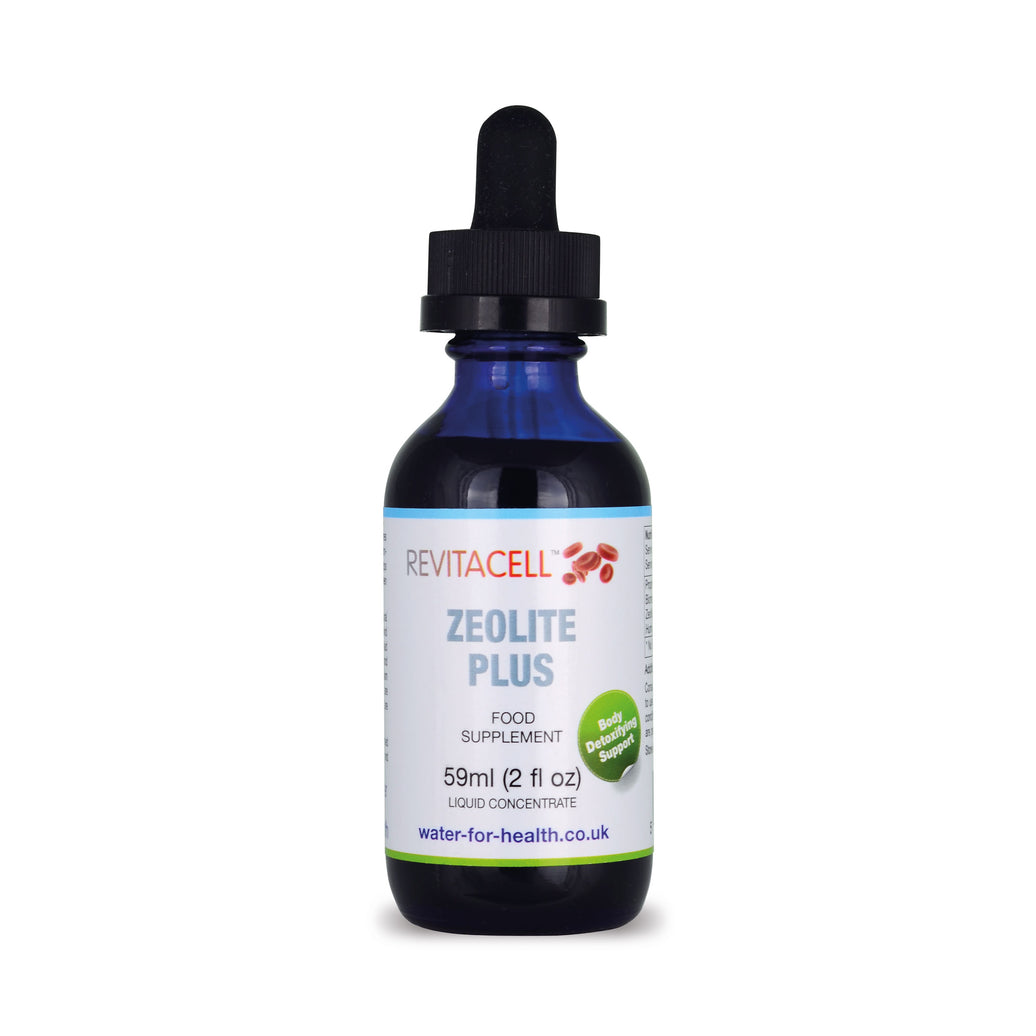
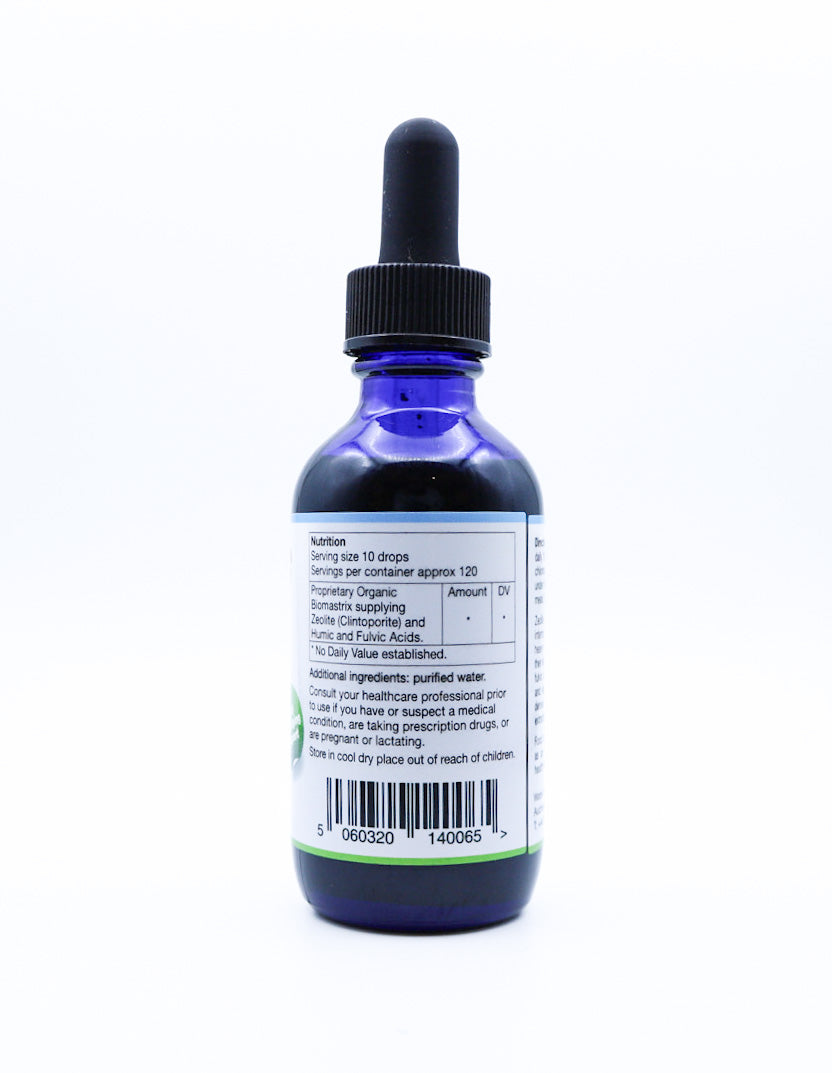

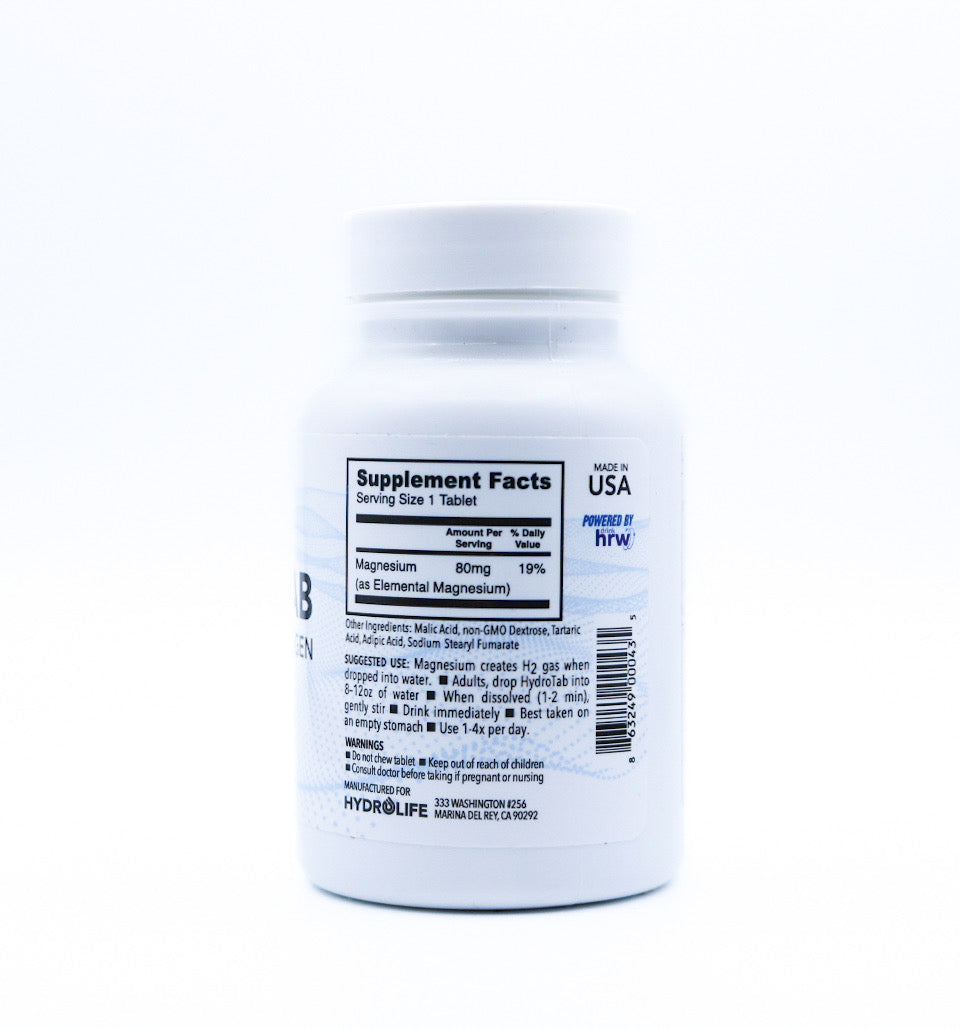




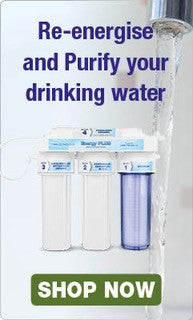



Leave a comment